Vietnamese dragon fruit has a strong potential for the European market. Vietnam grows three dragon fruit varieties: white flesh, purple pink and red dragon fruit. Purple pink and red dragon fruit is slightly sweeter than the white flesh variety. Under the correct storage conditions dragon fruit can be preserved for one month.
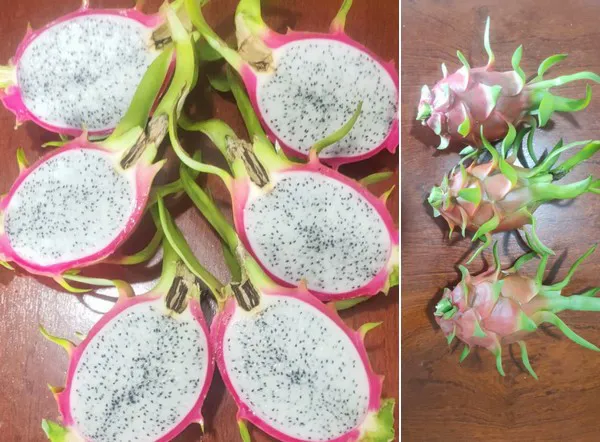
White dragon fruit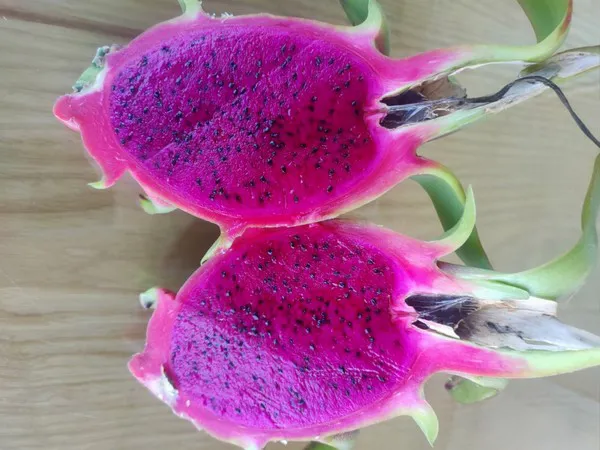
Purple pink dragon fruit
Vietnam’s three largest dragon fruit provinces are Binh Thuan province, in the South of Vietnam, the Mekong Delta including Long An and Tien Giang province. Finally, the northern mountainous region of the country is also a strong producing region, including Son La province. Binh Thuan is known for its sunny and dry climate and its vicinity to the ocean; its high lands are suitable for tree and fruit production. The Mekong Delta has fertile alluvial soil from the Mekong river.
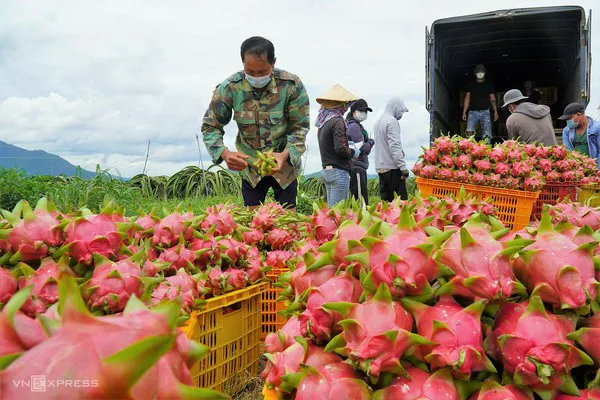
Dragon fruit harvest
Production
Mandy Bui is export manager at Moc Chau Highland, a Vietnamese grower and exporter of tropical fruits, including dragon fruit and passion fruit.
About the production seasons, Mandy explains: “In the South of Vietnam, there are two main production seasons. One season is from May to September, during which the plant produces naturally, with from flowering to harvesting about 64 days. In the remaining months, growers equip dragon fruit trees with bright lights, enabling the plant to flower, and making year-round fruit harvesting possible. In the months from September to May, it takes 84 days from flowering to harvesting. In addition, the fruit is more beautiful and easier to care for.”
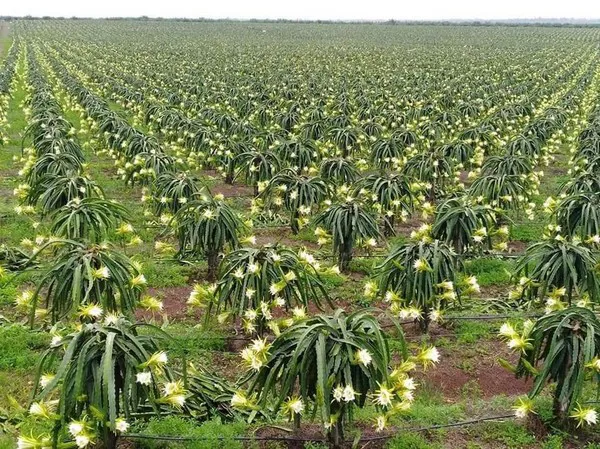
Dragon fruit trees in bloom
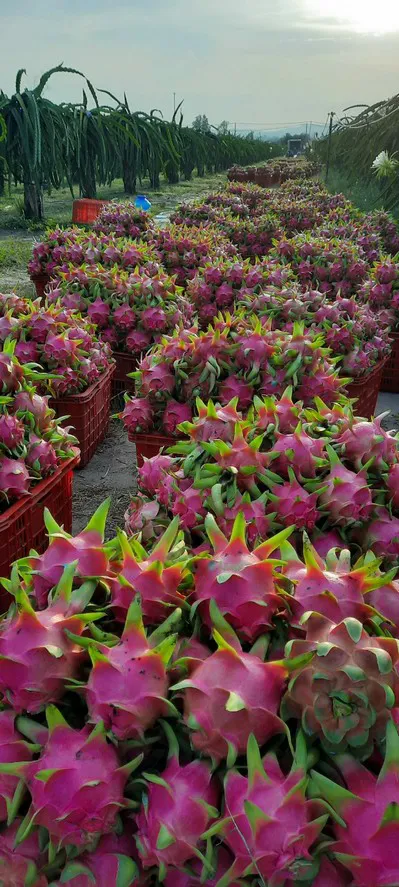 “Vietnam is known for its many small-holder farms. Typically, a local grower plants on 0.5 to 1 hectare, with some families owning 2 to 5 hectares. Production typically reaches 36 tons of fruit per hectare per year. Best quality fruits sizes from 550 to 750 grams per fruit.”
“Vietnam is known for its many small-holder farms. Typically, a local grower plants on 0.5 to 1 hectare, with some families owning 2 to 5 hectares. Production typically reaches 36 tons of fruit per hectare per year. Best quality fruits sizes from 550 to 750 grams per fruit.”
An advantage of dragon fruit production for local growers is that the trees bear fruits for 20 to 30 years after planting. It only needs for the stem to be cut. The industry offers more jobs for local laborers at better prices.
A disadvantage is that the buying market is unstable. A large part of the crop, 80% to 90%, is exported to China overland. China is a volatile market, with frequent border closures and other challenges. Not many growers are able to make the investment in lightning, flower cutting and post-harvest technology that are needed to supply overseas markets such as Europe and North America.
Post-harvest and consumption
According to Mandy, consumers should look for the right sizes when selecting dragon fruit in their local retail stores: “I advise consumers to look for larger sized fruits; this means that the fruit is older, sweeter and juicier. Do not look for beauty in the appearance of the small spikes on the skin of the fruit; the greener the younger. After harvest, the fruit is pre-cooled for two days in 3 to 5 degrees. This is important to ensure the shelf-life of the fruit. After that the fruit is packaged in cartons for export. It can be kept for one month. We export all three varieties to Europe. European consumers typically like the purple pink and red dragon fruit varieties.
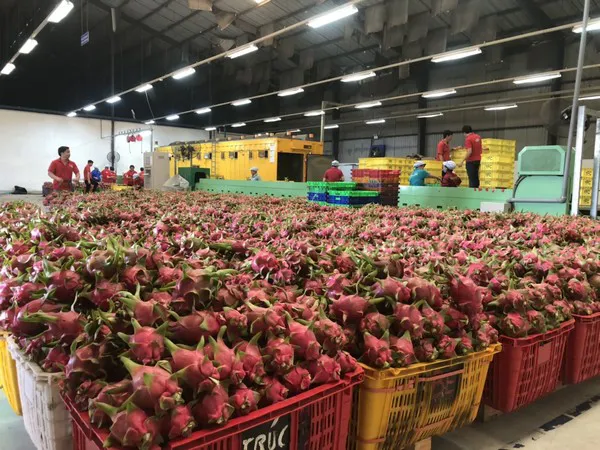
Dragon fruit packing house
International markets
The company exports overseas to nearby regional markets including Japan, Korea, Australia, New Zealand and other Asian countries. 20% of its fruits are loaded by air to Europe and North America. Mandy concludes: “Our fruits are certified by Global GAP and we conduct MLRs tests issue health certificates before loading. Currently, Vietnam airline’s direct flights to Europe are re-opening, fares are better and we look forward to selling more to the EU market in this year.
For more information:
Mandy Bui Mrs
Moc Chau Highland JSC.,
www.mocchauhighland.com
Email: sales.mocchauhighland@gmail.com
WhatsApp: +84 945 265 708
